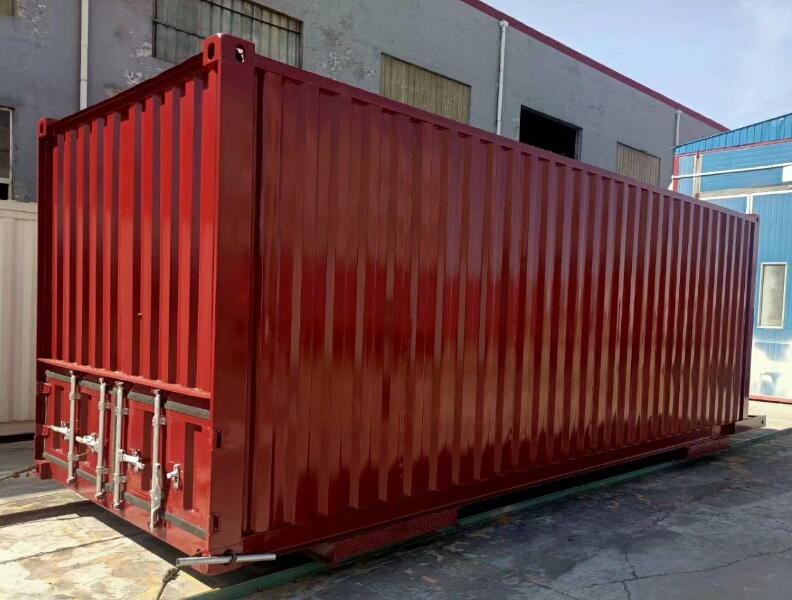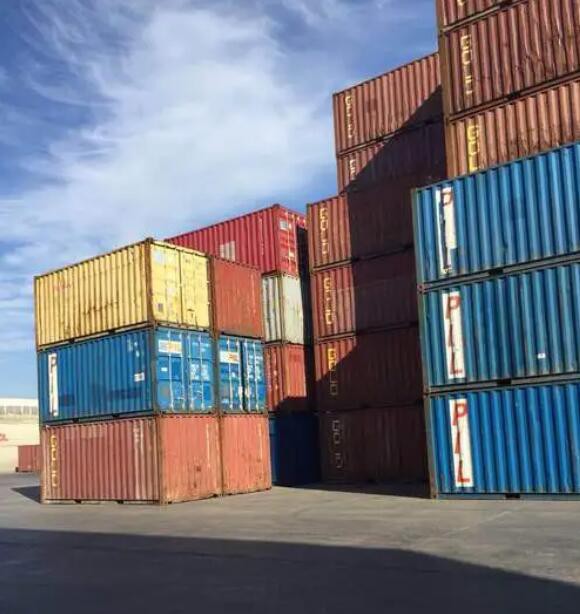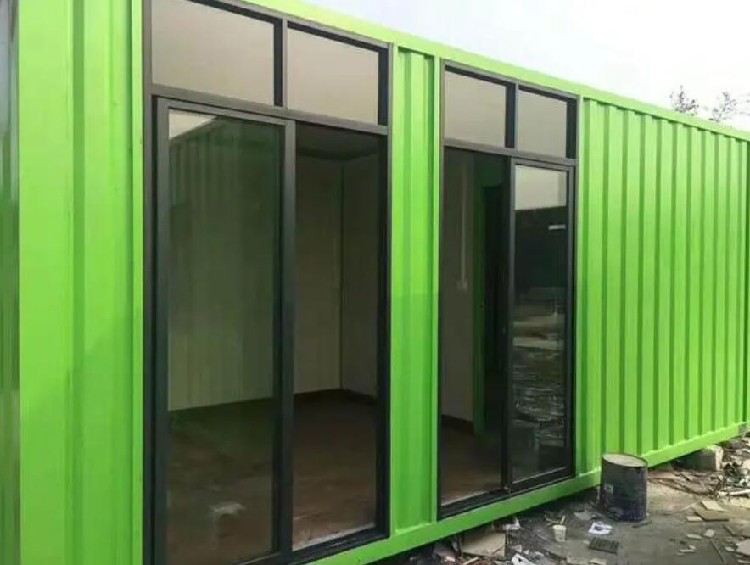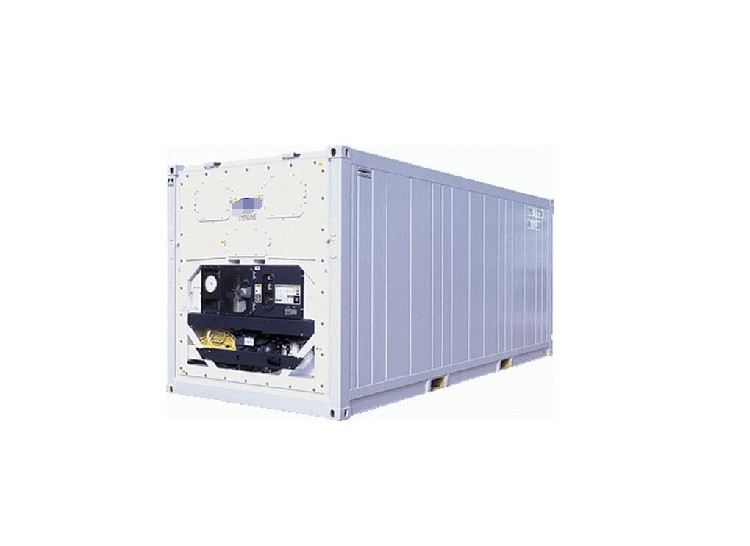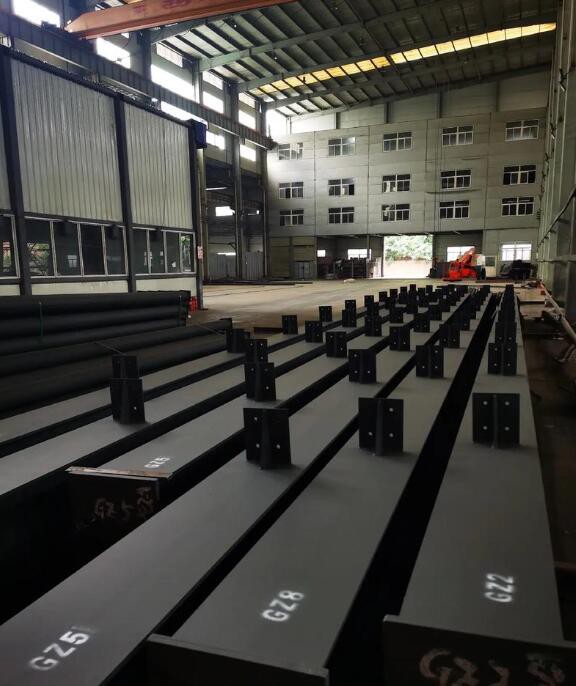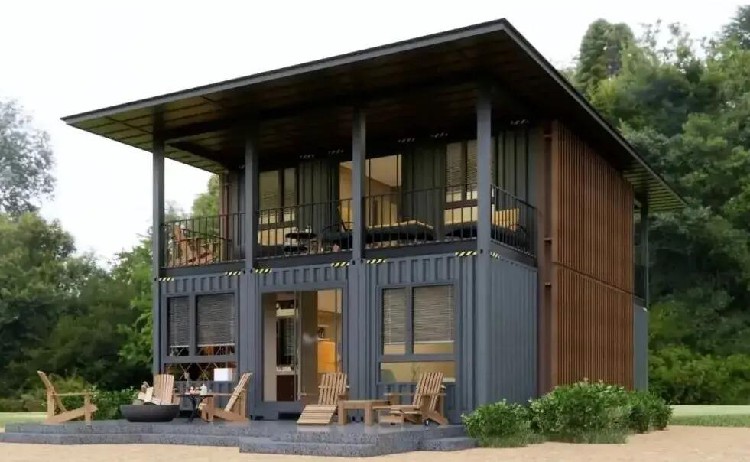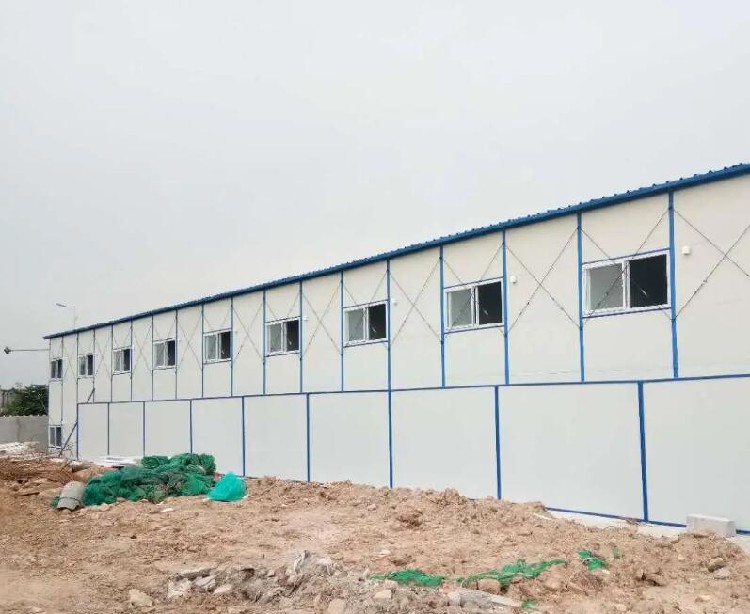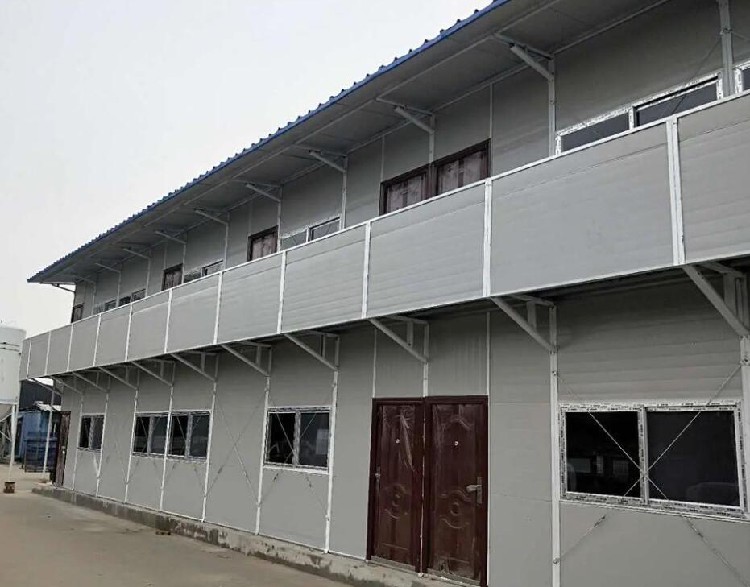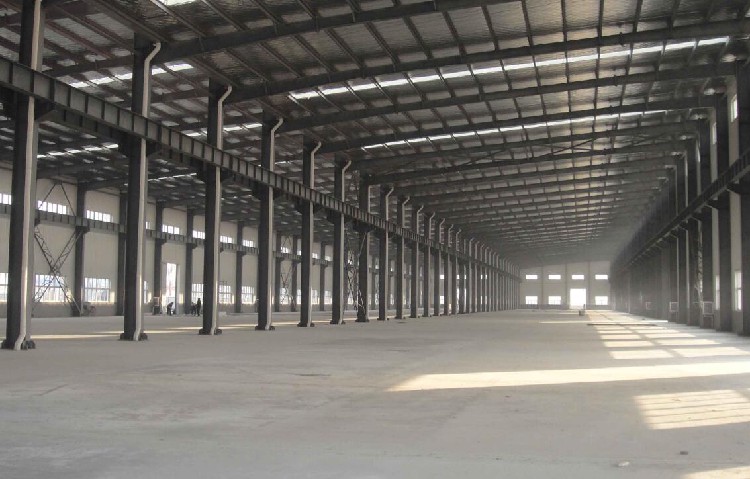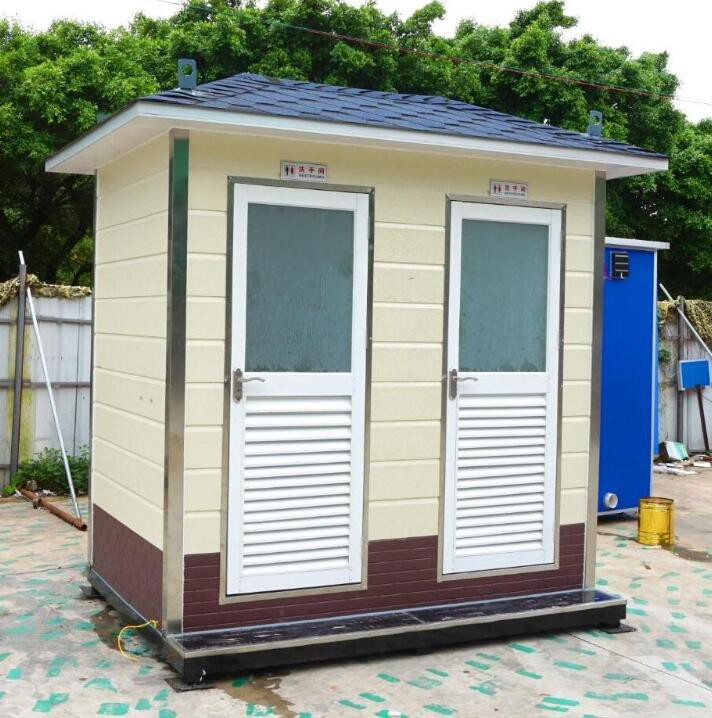Welcome!
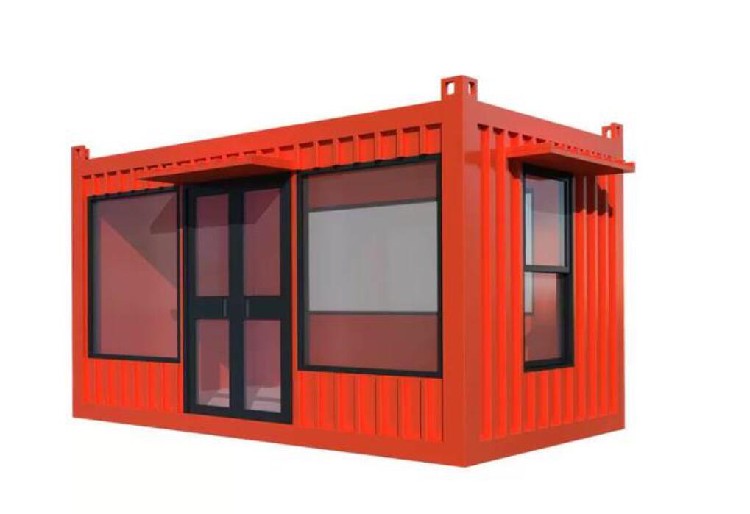






container shop near
Basic Info
| brand | tengfei | ||||
|---|---|---|---|---|---|
Product Description
What are the advantages of container shops?
1. Low startup cost, easy to start
Startups usually face the challenge of limited funds, and the low startup cost of container shops is a boon for first-time entrepreneurs. Compared with traditional shops, the construction and rental costs of container shops are more affordable, allowing entrepreneurs to start easily and invest more funds in business development and operations.
2. Flexible relocation to adapt to market demand
The movable nature of container shops enables them to relocate at any time according to market demand and consumer habits. This allows starters to adapt to market changes more flexibly, find the location that best suits their business, maximize the attraction of target customers, and improve profitability.
3. Creative design, brand uniqueness
Container shops have established a unique brand image for start-ups with their unique exterior design. Through personalized appearance and creative design, container shops stand out in commercial blocks, attract more attention, and help start-ups stand out in the fiercely competitive market.
4. Environmental awareness and in line with the trend
The construction of container shops uses recycled containers, which is in line with the high attention of contemporary consumers to environmental protection. Start-ups are more likely to gain recognition from young consumers by showing environmental awareness, forming a brand's social responsibility image and laying the foundation for the sustainable development of the enterprise.
5. Diversified operations, creating more opportunities
The design layout of container shops is relatively flexible and can accommodate a variety of business formats. Start-ups can create more business opportunities, achieve diversified profits, and reduce the risk of business singleness through clever design and business strategies.

Container shops design style characteristics
Container stores have diverse design styles, reflecting the characteristics of innovation, environmental protection, fashion and personalization. 1. Simple but not simple: Container stores usually adopt a simple design style, emphasizing the balance between function and beauty. The large area of glass window design makes the internal display of goods unobstructed, attracting the eyes and curiosity of passers-by. 2. Modern and industrial style: The unique appearance of the container can attract the attention of passers-by, and the interior can be personalized according to the characteristics of the goods. Decoration and display, creating an industrial-style cafe, bar or creative food street. 3. Colorful and personalized: In terms of design, container stores focus on color and personalized expression. For example, the Dongguan COLOR BOX project uses second-hand containers to transform waste into treasure, and uses red, yellow, blue, green and other colors to form a colorful building complex, which is both environmentally friendly and creative.
4. Personalized decoration and artistic elements: The exterior of the container store can show the unique visual identity of each store through graffiti art, brand personality declarations or unique painting decorations. For example, in the design of Meow Meow Street Phase II, the outside of the container is painted with various cat patterns, creating an atmosphere of the anime world.
5. Combination of innovation and functionality: The design of Boxpark Shoreditch is a typical example. It consists of 61 containers. The functional lighting and eye-catching signs above each store highlight the rich diversity of the internal goods and attract customers' attention. This design not only enhances the overall visual appeal of the shopping center, but also provides an excellent platform for brand display.
Container shops Sizes
The sizes of container stores can be customized according to specific needs. Common sizes include standard container sizes of 20 feet and 40 feet, as well as customized options for taller and larger sizes.
The size design of container stores usually takes into account the effective use of internal space and the display needs of goods. The internal dimensions of a 20-foot container are 5.89 meters long, 2.35 meters wide, and 2.38 meters high, with a volume of about 33 cubic meters and a maximum load of about 22 tons. This size is suitable for small commodity displays or scenes that require flexible layout. The internal dimensions of a 40-foot container are 12.03 meters long, 2.35 meters wide, and 2.38 meters high, with a volume of about 67 cubic meters and a maximum load of about 27 tons, which is suitable for stores that require larger display space.
In addition to standard sizes, larger or smaller container sizes can also be customized according to specific needs. For example, a company provides a 3-meter-by-6-meter customizable container store, which is more suitable for the needs of specific scenes, such as commercial displays in scenic spots or special locations.

Container shops Process Flow
The process flow of container stores mainly includes the design stage, shell production, assembly, internal fitting, accessories installation, quality inspection, packaging and delivery.
1. Design stage: Design according to customer needs, including capacity, size and purpose, and make detailed design drawings.
2. Shell production: Use steel to make the main part of the container, including cutting, welding and shaping processes to form the shell of the container.
3. Assembly: After the shell production is completed, the container assembly process is carried out, including installation of doors, windows, painting, etc., to ensure the complete function of the container.
4. Internal fitting: The internal space of the container is partitioned and the insulation material is installed to meet the transportation needs of different goods.
5. Accessories installation: Install locks, hinges, rubber sealing strips, etc. to ensure the sealing and safety of the container.
6. Quality inspection: Strict quality inspection is carried out at each stage of production to ensure compliance with international standards and customer needs.
7. Packaging and shipment: After production is completed, the final packaging and labeling are carried out and the products are exported to all parts of the world through international trade channels.
Investment costs of container shops
The investment costs of container stores mainly include the purchase or rental costs of containers, modification and decoration costs, transportation and installation costs, land rent costs and other related costs.
The purchase or rental costs of containers depend on the age, size and material of the containers. Generally speaking, the price of second-hand containers is relatively low, while the price of new containers is higher. For example, the second-hand price of a standard 20-foot container is about several thousand yuan to ten thousand yuan, while the price of a new container may exceed ten thousand yuan.
The cost of modification and decoration varies according to the needs and decoration style of the merchant. The cost of simple decoration is about twenty thousand yuan, while the cost of personalized customization and luxury decoration may be higher.
The transportation and installation costs depend on the transportation distance and the complexity of the installation. The cost of short-distance transportation and simple installation is lower, while the cost of long-distance transportation and complex installation is higher.
Land rent costs If the container store needs to be parked in a busy area of the city, the land rent cost will be relatively high.
Other related expenses include pre-opening publicity costs, infrastructure costs, operating costs (such as property management, cleaning and maintenance, marketing, etc.), market research costs, design costs, planning approval costs, investment promotion costs, and marketing promotion costs, etc.
Container shops Precautions
The design and operation of container stores need to pay attention to multiple aspects to ensure their functionality, safety and aesthetics.
First, from a design perspective, the design of container stores should fully consider ergonomics to enhance customer experience and architectural quality. When designing, care should be taken to avoid creating sharp triangular spaces and spaces that cannot be used by the human body to ensure the effective use of space. In addition, the design of windows is also key. Transparency is essential for attracting customers, so containers should be equipped with light-transmitting glass to establish a good line of sight and increase the attractiveness of the store.
In terms of safety, container operations need to comply with relevant laws and regulations to ensure that the site where the container is placed meets the requirements of the fire safety layout, and the use and modification of the container must comply with road traffic safety regulations. Any modification must be carried out within the scope permitted by law and relevant procedures must be handled in accordance with the law.
From the perspective of aesthetics, the overall appearance of the container is industrial style. Through the design of color and shape, new elements can be led into the urban space. The exterior design can start with color and shape. Graphene powder is used to electrostatically spray the exterior wall panels to ensure that they will not fade after years of use. Various colors of paint are sprayed on the exterior according to commercial needs to increase the sense of shape. The interior design should be careful not to see the shadow of the container from the interior. Color and lighting are used to highlight the contrast between the interior and the exterior to show the subtlety of waste utilization.
Recommended Products
Recently Viewed
Contact Us
Guangzhou Tengfei Technology Inc.
